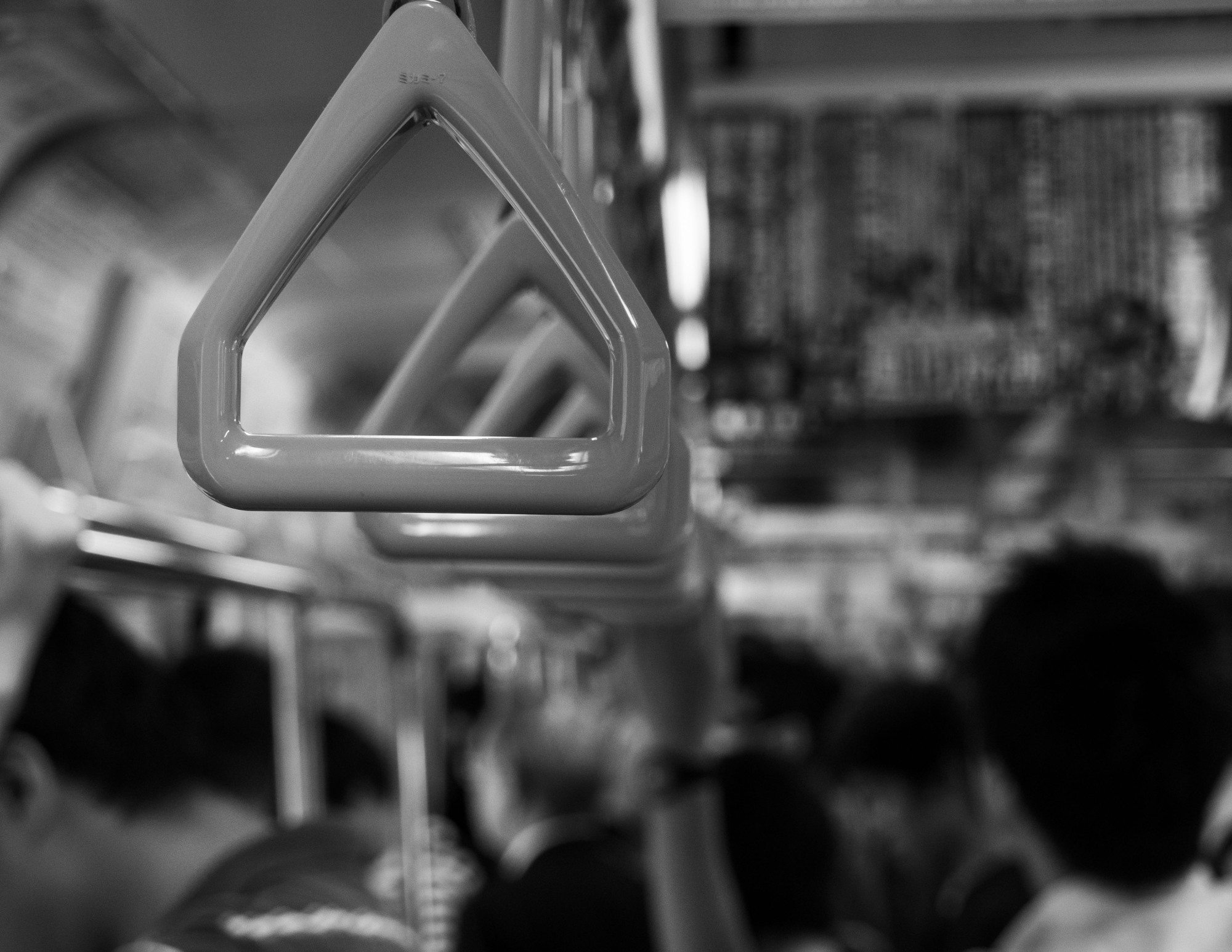A group of men boarded the women-only car of the Chiyoda Line subway in Tokyo during the morning commute on Feb. 16 as a form of protest, saying that excluding men was a form of discrimination. Such protests are not unusual, but the media almost never covers them. In this case, the women who were already on the train objected loudly, but the men refused to leave after the train arrived at Kokkai-gijidomae Station, thus prompting station staff to become involved. Then, one of the protesters pushed the emergency stop button on the platform. The train ended up being delayed by more than 15 minutes.
Now that was news, so when one of the leaders of the anti-women-only car movement, a man called “Dr. Sabetsu” (“Dr. Discrimination”), tried to speak publicly in front of Shibuya Station on Feb. 24, the press was on hand. This is exactly the kind of publicity the movement has been trying to attract for years. Dr. Sabetsu said that discrimination is discrimination, regardless of the reason, and that men had every right to ride on any train car they wanted to.
The reason for women-only train cars is chikan — sexual molestation or groping — a problem as old as rush hour itself and one that Japan has never been able to solve. Starting around the turn of the century, some train lines in Tokyo introduced women-only cars as an option on some evenings, mainly at the request of the Metropolitan Police Department.


















With your current subscription plan you can comment on stories. However, before writing your first comment, please create a display name in the Profile section of your subscriber account page.